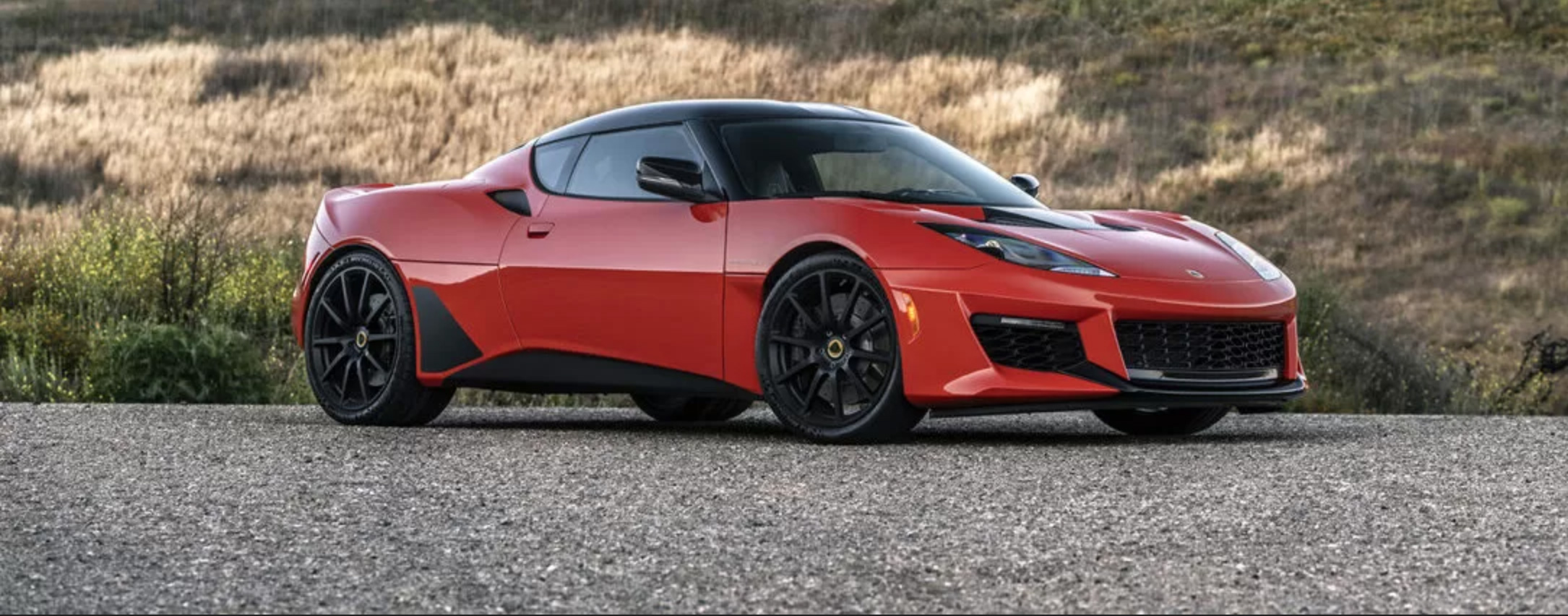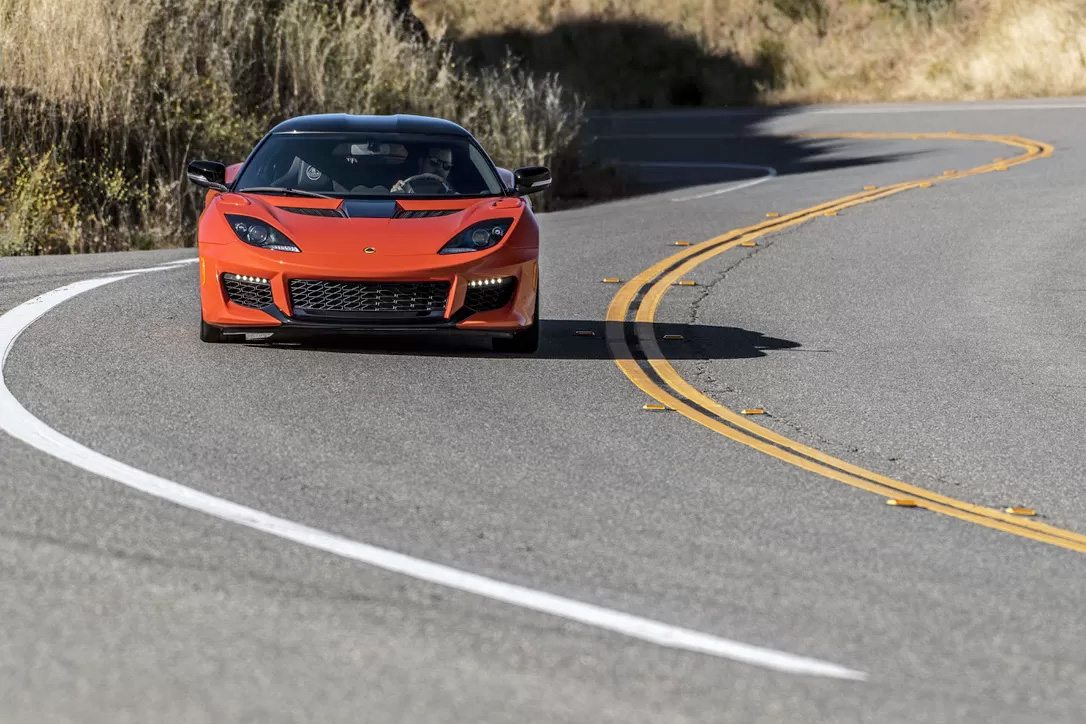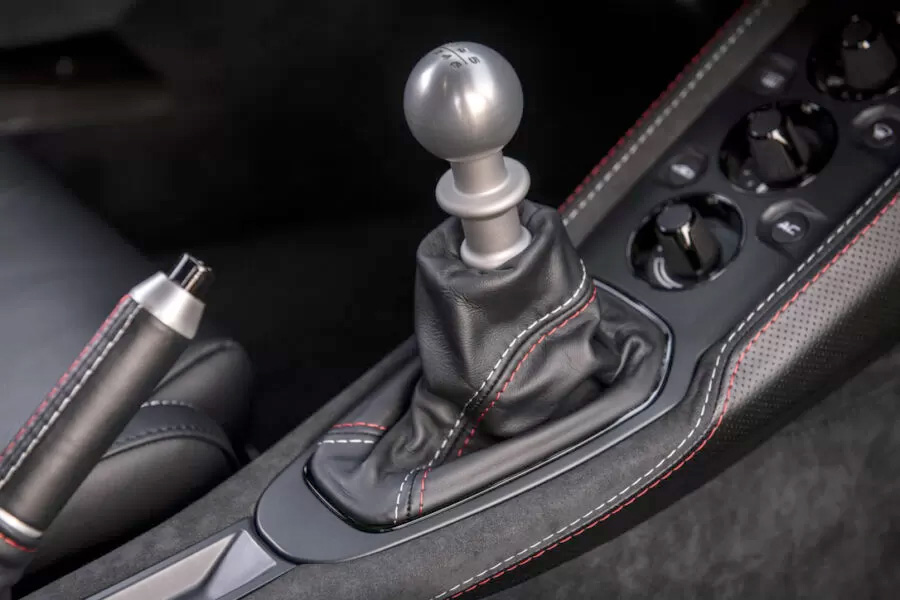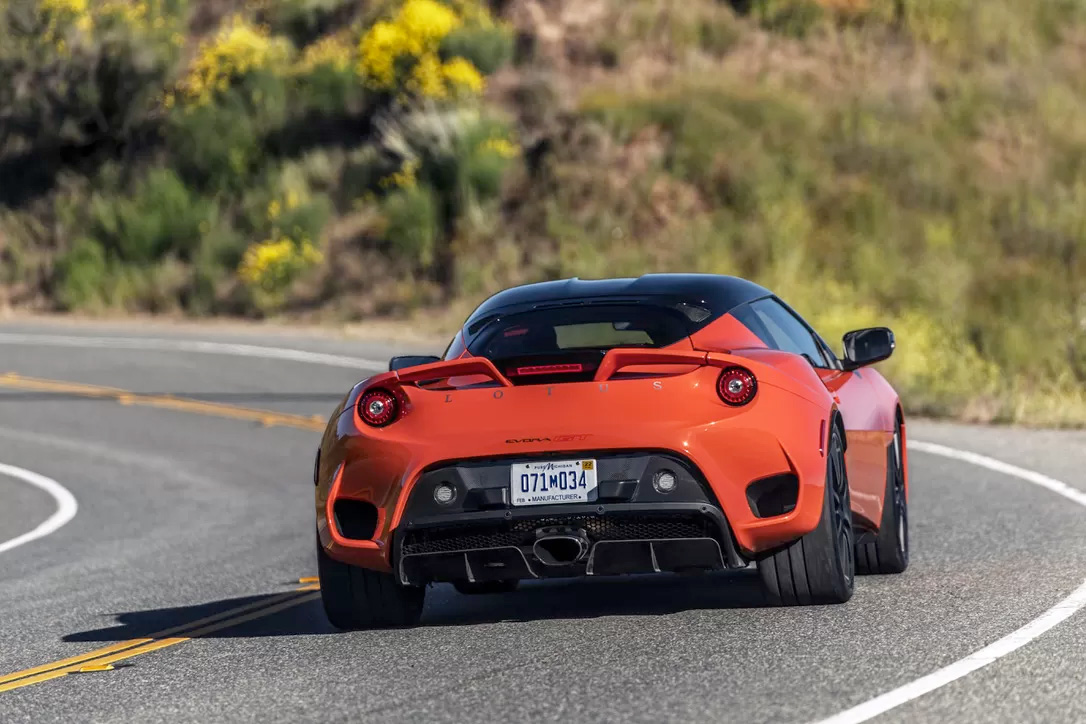Lotus Evora GT
Expressing the true nature of the lotus

Ponder for a moment why some cars are called “sports cars.” Some say it’s because they take after racing cars, which were used for sporting events. Others say it’s because they were designed for one thing: driving with elan on twisty roads (as compared to “regular” cars which could be used for anything from grocery shopping to lumber yard runs to nights on the town). I like to think that the moniker came from the concept that you had to be a “good sport” to drive one, given that their seats closely resembled the plushness of a beach sand chair, their ride was a chiropractor’s dream, and their windows were sometimes non-existent, other times snap-on plastic side curtains. And don’t get me started (pun intended) on their reliability.
However, they do harken back to that time when driving was a purely analog experience, without the industry (or the world) having an inkling of the concept of electronics or a digital interface, much less a CAN bus network. Some sports cars (like my older brother’s early sixties Sunbeam Alpine) came with a starter crank which one inserted through a hole in the front bumper to start with car if the electric starter didn’t work, a nice touch by the manufacturer and no doubt a testament to the car’s questionable electrical system.
So where does that leave us today? Many cars which we might now designate as “sports cars” share little with their forebears. Not only do they have roll-up windows, but typically those are also electrically powered. The tops, which often were non-existent or modified umbrellas in the past, now mostly are automatic and oftentimes made of hard metal which folds into the trunk area. Electronics abound, from high-end sound systems to traction control devices and even launch-mode options.

Into this fray jumps (and slides) the Lotus Evora GT, a car made for the pure driving enjoyment known in the past, when at its most basic, the experience required: 1) the car (engine, transmission, suspension, and seats, all wrapped in a body), 2) a driver and maybe a passenger, and 3) the road. Back to the future, as it were.

The Evora was great fun to drive, but let’s talk stats first. A V-6 supercharged 3,456 cc (210 cubic inch) motor is mid-mounted and runs through a 6-speed transmission (both manual and automatic transmissions are offered). Pumping out 416 horses and 317 lb-ft of torque, the Evora GT puts them to good use in motivating a 3,104-pound car (a very low weight thanks to an aluminum extruded and bonded chassis and a composite body), hitting 0-60 mph in 3.8 seconds and a top speed of 188 mph. That power coupled with that low weight promised great things, and the Evora GT did not disappoint.


My initial reaction to the car was that it was pretty basic, but after a day’s time, that because its strong suit. I loved feeling like I was wearing the car—it’s really that responsive. It’s well sorted in that the acceleration, steering, brakes, and handling were all totally predictable and a ton (actually 1.5 tons) of fun. The engine is eager and sounds terrific at the 7,000 rpm zone: sounds, feelings, driver feedback—these are all of the sensual elements at which the Evora GT excels. The car involves the driver in a very real sense; I rarely made phone calls from the car so as not to miss the symphony from the exhaust and even my texting was limited to times I was stopped by my desire to focus completely on the driving experience, replete with double-clutch downshifts which I had perfected in years gone by (and which hardly are needed anymore). By the second day of our time together, we were the best of friends. By the end of my one-week loan, I was asking if we could extend the time.
The base sticker price of “my” stick-shift GT was $96,950. Adding “Exige Orange Paint” at $5,900 and some extra dough for black brake calipers and a subwoofer and amp, it ran $105,795 (after destination charges, but less tax and license). As one writer noted, you won’t likely see many (or any) other Evora GTs at the local cars and coffee, and even that is a point in the car’s favor.
I’ve read that the lotus plant is the most spiritual plant on Earth and that its flower is associated with rebirth and spiritual enlightenment. That sounds a lot like my experience with the Evora GT in the hills and valleys of Southern California. Namaste!



Sorry, the comment form is closed at this time.